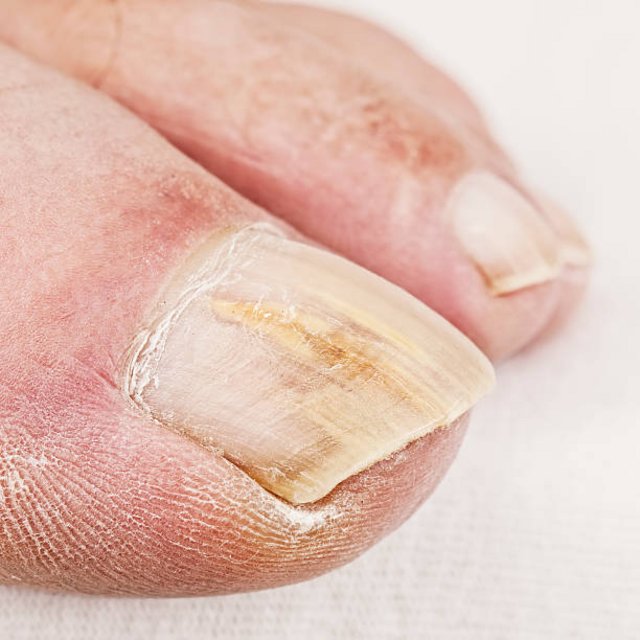
If you're suffering from an infection with fungi It's essential to ensure your nails are healthy. Consult a dermatologist (dermatologist) or foot doctor (podiatrist) immediately you see a change on your toenails.
There is a chance that you will be prescribed medications to put to your nails. They have a lower success rates than oral medication.
What is Toenail Fungus?
Fungal infections can be difficult to eliminate once they have been diagnosed. Dermatologists or podiatrists may prescribe terbinafine or fluconazole, which are both oral medications. Both therapies can be successful however, both come with adverse effects, and can take up to up to a few months before they work.
DIY remedies such as mouthwash, vinegar, hydrogen peroxide, mentholated ointments (Vicks VapoRub) as well as tea tree oil are able to enhance the appearance of afflicted nails. They do not, however eliminate the fungal infection.
Maintaining a healthy foot is the best method to prevent nail fungus. You should remove your shoes when entering public places, use antifungal powders in socks and shoes, clean feet well with antibacterial soap and then dry them completely after showering. Regular exercise can also improve circulation in the feet and enable them to be dried more quickly. This can reduce the chance of getting a fungus infection in the toe nails. It is important to see your physician when you begin to notice changes to the toenails. An easy lab test of scrapings of the affected nail will confirm the existence of fungus as well as determine what kind of fungus it is.
Nail fungus treatment is often difficult to tell if you have an infection, especially if the nail color is dark. The home remedies are only effective in suppressing milder conditions, but they are not able to treat the condition. The doctor can determine if a fungal infection has affected the toenail through looking at it and taking an insignificant amount of the nail for testing in a lab.
The fungus is more common on toenails than on fingernails. Males are more likely develop it than women or older people. Furthermore, certain issues like diabetes or circulatory problems may reduce blood flow to extremities, which allows infection to develop more rapidly.
Shoes with vent holes to avoid the spread of fungal infections in your toenails. For your nails to remain short as well as healthy and tidy be sure to trim and file regularly. Make sure you disinfect your nail clippers, manicure tools at home, as well as other tools regularly. In the case of severe infections there is a possibility that the nail infected will need to be surgically removed for treatment and let a healthier nail take its position.
Treatment
Some home remedies, although not a true story but have proved effective for mild toenail fungal infection (onychomycosis). Bathing the feet with the solution of equal amounts apple cider vinegar as well as Listerine mouthwash to treat the infection and applying menthol-infused ointments such as Vick's VapoRub can assist. Do not wear shoes that are tight or closed toes and using nail clippers and files appropriately, as opposed to sharing them with others, could also prevent an infection from developing or getting worse.
If your condition becomes more severe, it is important to see a dermatologist as soon as is possible. A dermatologist may take a sample of nail to culture to determine the nature and amount of fungal growth.
Toenail fungus may be addressed with an oral antifungal drug like fluconazole, itraconazole and the terbinafine. But, these medicines must be taken every day for a period of time in order to see results. Posaconazole is an antifungal oral medication that can be administered via the skin. It doesn't need to be swallowed.
Here is a checklist of preventions.
The most effective way to avoid toenail is to refrain from walking barefoot around damp places that are a common place for fungi to thrive, like locker rooms, bathing pools and showers. Toenail fungus is more prevalent in those suffering from specific health conditions that limit blood flow to feet and the toes, for example diabetes or peripheral vascular disease.
Following exercise, you need to take off the socks and shoes in order so that your feet can breathe. Make sure to wash your hands thoroughly and dry the hands. The exercise can help speed up the healing process because it increases circulation of blood in your feet and feet.
The use of oral antifungal drugs including Terbinafine (Lamisil) and itraconazole (Sporanox) are able to clear toenail fungus infections in conjunction with topical treatment. The duration of some infections could be approximately 12-18 months to completely clear, however. Garlic is another antifungal natural treatment that can be applied directly to nails. A different option that is effective is using ozonated oils. They contain ozone.
